PEOPLE
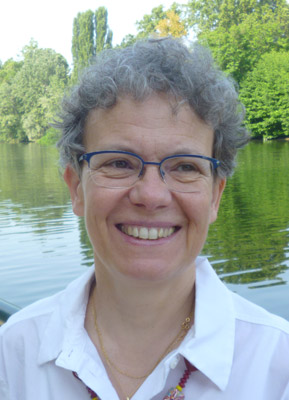
BEYOND THE EXPECTATIONS OF THE MOST POWERFUL ACCELERATOR IN THE WORLD
Interview with Nadia Pastrone, researcher at the Turin division of INFN, national spokesperson, from 2012 to 2014,
of the CMS experiment, currently President of the National Scientific Committee 1 of the INFN, which coordinates research activities in high energy physics.
The 38th edition of ICHEP, the international conference on high-energy physics in which physicists from around the world met to discuss the progress of particle physics, astrophysics and cosmology, as well as future developments in the construction of new accelerators, was held in August in Chicago. The spotlights were focused on the Large Hadron Collider (LHC) at CERN, now the most powerful particle accelerator in the world, which in recent months amazed physicists and engineers for its high performance, beyond project expectations. Operating in this manner, the LHC has put experiments in the conditions to be able to analyse a quantity of data already equal to about four times that of the first phase of the RUN2 (2015). Confirming the excellent performance of the experiments as well as of the accelerator, experimental collaborations have been able to analyse and understand the new data in a very short space of time and during ICHEP more than one hundred new measurements by the experiments were presented. Italy, with INFN, has a prominent role in the history and current activities of the LHC and its experiments, with important repercussions on the Italian companies involved in the construction of accelerator parts, experimental equipment and calculation systems. We asked Nadia Pastrone for a summary of the results presented in Chicago and a projection for the near and distant future of the current steps of the LHC.
Many of the new LHC results presented at ICHEP emerge from the analysis of the data collected during the last months of this first half of 2016. Which are the main ones?
The experiments at the LHC, thanks to the extraordinary performance of the accelerator at the highest energy ever achieved in a laboratory, from May to date have recorded and analysed a huge amount of data. With the exploration of the new 13 TeV frontier, increasingly precise measurements of the processes envisaged by ...
NEWS

INSTITUTIONS
THE ITALIAN MINISTER OF FOREIGN AFFAIRS, PAOLO GENTILONI, VISITS CERN
On 22 August last, the Minister of Foreign Affairs and International Cooperation, Paolo Gentiloni, paid a visit to CERN in Geneva, accompanied by an Italian ...
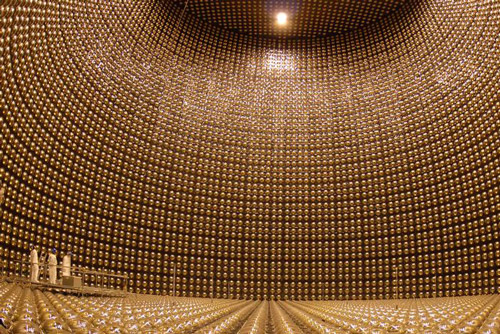
RESEARCH
T2K: CLUES ON THE ASYMMETRY OF THE OSCILLATIONS OF NEUTRINOS AND ANTINEUTRINOS
The T2K (Tokai to Kamioka) international collaboration, in which INFN is participating with roles of...
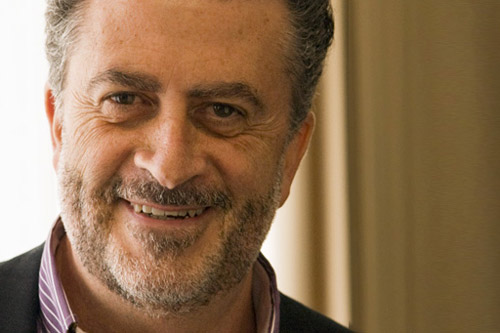
INSTITUTIONS
EUGENIO COCCIA ELECTED
RECTOR OF GSSI
On 8 August last, the Rector of the new Gran Sasso Science Institute (GSSI) Graduate School was elected. He is Eugenio Coccia, former director of the Gran Sasso ...
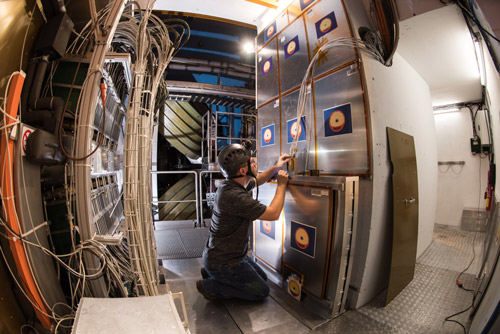
RESEARCH
MAGNETIC MONOPOLE:
FIRST RESULTS OF MOEDAL
MoEDAL (Monopole & Exotics Detector at the LHC), the experiment dedicated to magnetic monopole research at CERN, narrows the field of investigation and sets ...
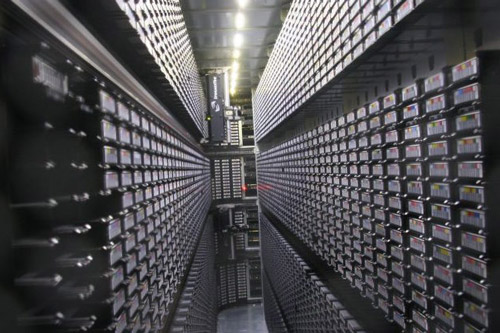
COMPUTING
CLOUD SOFTWARE FOR RESEARCH
INDIGO–DataCloud, the project funded within the scope of the European Horizon 2020 programme of the European Commission and coordinated at the continental level by the National Institute ...
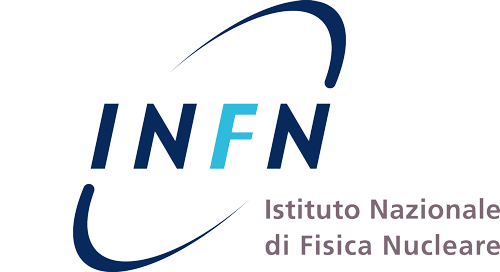

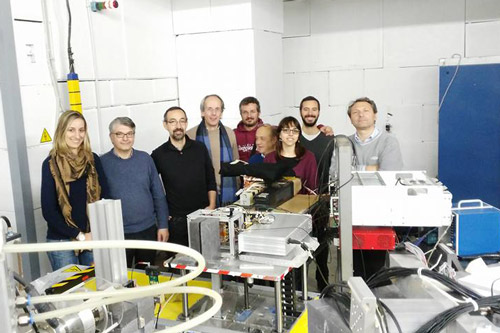 PADME: IN SEARCH
PADME: IN SEARCH